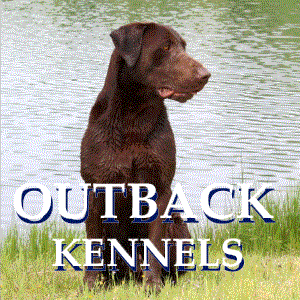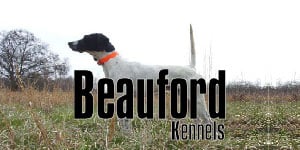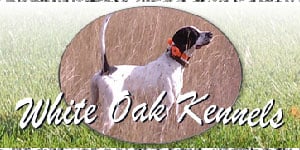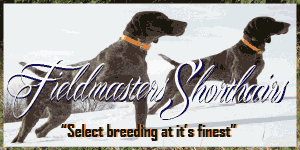Stephens Cur
Stephens Cur's for Sale| Stephens Cur Kennels & Breeders | Stephens Cur Photos
Stephens Cur Litter Annoucement | Stephens Cur Puppies for Sale | Stephens Cur Started Dogs | Stephens Cur Finished Dogs | Stephens Cur Stud Dogs
Description
Stephens Cur Breed also referred to as Stephens Stock, Cur, Stephens Stock, Mountain Cur, or their nickname - little black dog, this American-bred breed of dog is an avid hunter and also a friendly dog to hang out with.
Description
Stephens Curs are normally black or dark grey with white marks on the chest area, feet, and neck. The breed comes with a domed head with dark- or brown- colored eyes and a short muzzle. They feature a deep yet broad chest. The neck is average in length and the coat may either be rough or smooth.
It is an average-sized breed, with Black Mouth Cur and Mountain Cur being slightly larger than most other Curs. The standards of the Association of Stephens Breeders require this dog to have a height of 16-23 inches (about 41-58 cm) and weigh no more than 55 lbs. (about 25 kg).
The appearance of the Breed and Coat Colors
The breed is mainly black with some white markings on any part of the body but mostly the chest region. However, these dogs seldom come with over a third white on their coats, so, basically, a dog with more than a third white may not qualify as a Stephens Cur. Their folded ears look like those of spaniels or cavaliers - pendant-shaped ears hanging in downward folds and poking slightly out at the topmost part and not lying flat. They may seem to be V-shaped at times, but they are always folded.
Brief History
Long before this breed of dog burst on the stage, the term "Cur" used to refer to an array of mixed ancestry dogs. It would be adopted in the southern United States to describe a type of working dog. The early settlers of Tennessee, Kentucky, and Virginia started referring to their guard and hunting dogs as Mountain Curs.
Mountain Curs came to near extinction in the 1940s. Thanks to the efforts of the four breeders - Dewey Ledbetter (Tennessee), Woody Huntsman (Kentucky), Carl McConnel (Virginia) and Hugh Stephens (Kentucky) - who started Mountain Cur Club, the precursor of the current OMCBA (Original Mountain Cur Breeders Association) that would eventually save the breed through increased breeding and developing new strains. The two notable strains that came out of these efforts are the Mountain View Curand the Treeing Cur. It was not until 1st November 1998 when the United Kennel Club officially recognized the Stephens Cur Breed as an indigenous breed of dogs.
Hunting Aspects
One word describes this breed of dog - "aggressive." And that's exactly the temperament you want in the fields and bushes when hunting for hogs and raccoons). However, this viciousness is something of a flaw in this breed as they tend to be highly impatient with people they don't know. They also cannot be trusted around small pets like cats and rabbits - any small non-canine animal seems to always trigger the prey drive in them. But they get along with kids surprisingly well. So, they are somewhat moderate with their viciousness as they can even be mixed with other breeds of dogs without a single incidence.
On top of their aggressive behavior, they come with six additional characteristics that make them highly competent for hunting - alertness, energetic, responsive, intelligence, precise scent location abilities, and tenacity. Although their owners mostly keep them for hunting small animals like squirrels and raccoons, Stephens Cur doesnt hesitate to chase down larger prey even twice their size, like mountain lions and bears.
A highly active breed of dog, the Stephens' Curs get their exercise almost entirely from hunting activities unless if you don't hunt with them often in which case you will need to play plenty of games to keep them fit. While they are born hunters, sometimes you might need to train them further to teach them how to keep focus and lessen their aggression on your smaller pets. And because they can snap and chase very well, you will need to train them to walk with you while they are on a leash.
In their free time far away from the hunting fields, they can play around with children, especially if they grew up together. They can be sustained with both canned and dry food about two or three times a day.
Colors
• Black
• Gray
Stephens Cur's for Sale | |

















